Transparent, Opaque and Translucent Objects
Transparent, Opaque and Translucent Objects: Overview
This topic covers concepts, such as Luminous Objects, Opaque Objects, Transparent Objects, Translucent Objects, and Objects in Terms of Light.
Important Questions on Transparent, Opaque and Translucent Objects
Tick (ü) the luminous object and crossout (û) the non-luminous objects.
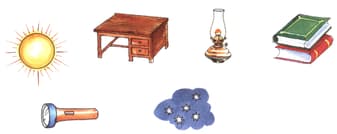
Complete the following web chart.

Plain paper is transparent whereas an oiled paper is _____ (opaque / translucent).
Name the object which allow the complete passage of light through them.
(Choose from the following: Transparent/ Opaque/ Translucent).
The sun is a _____ (luminous/ non-luminous) object.
Butter paper is an example of _____ objects.
You know that water is a transparent liquid. Can you make water opaque? How? Write down your suggestions.
Classify familiar substances into transparent and opaque substances.
Give one example of luminous object.
Give one example of a transparent object.
Give one example of a non-luminous object.
Identify the object and write L for luminous object and N for non-luminous object.
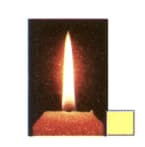
Identify the object and write L for luminous object and N for non-luminous object.
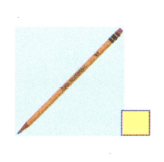
Identify the object and write L for the luminous object and N for the non-luminous object.
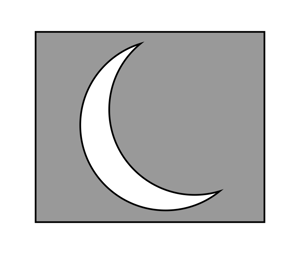
Identify the object and write L for luminous object and N for non-luminous object.
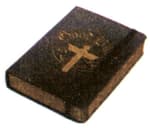
Which of the following objects is/are luminous?
What name is given to the object:
Through which we can see but not clearly?
Write one word for the materials that allow all the light to pass through them. (Opaque/Transparent)
Write one word for the materials that allow some amount of light to pass through them.
Write one word for the materials that completely block the light.
